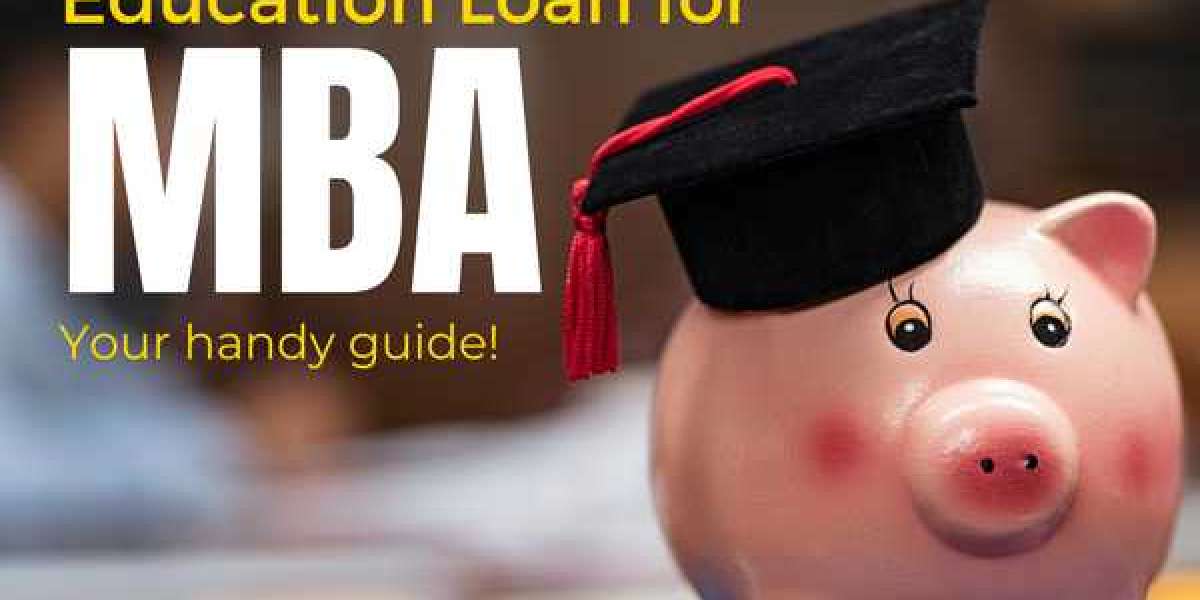Education is a powerful tool that opens doors to numerous opportunities, but pursuing a bachelor's degree often comes with significant financial challenges. For many students, education loans are a crucial resource to help fund their studies. In this guide, we’ll explore the ins and outs of education loans for bachelor's degrees, including types of loans, eligibility criteria, application processes, and tips for managing your debt.
Understanding Education Loans
Education loans, commonly known as student loans, are financial aids designed to help students cover the costs associated with higher education. These loans can help pay for tuition, fees, books, supplies, and even living expenses. In the U.S., there are two primary types of education loans: federal loans and private loans.
1. Federal Education Loans
Federal loans are funded by the government and typically offer lower interest rates and more flexible repayment options compared to private loans. The main types of federal loans include:
Direct Subsidized Loans: These loans are available to undergraduate students who demonstrate financial need. The government pays the interest while you’re in school at least half-time, during the grace period, and during deferment.
Direct Unsubsidized Loans: Available to undergraduate and graduate students, these loans do not require proof of financial need. Interest accrues while you’re in school, and you are responsible for paying it.
Direct PLUS Loans: These loans are available to graduate students and parents of dependent undergraduate students. They can help cover the full cost of education, minus any other financial aid received.
2. Private Education Loans
Private loans are offered by banks, credit unions, and other financial institutions. These loans typically require a credit check and often have higher interest rates than federal loans. They may also come with less flexible repayment terms. It's essential to thoroughly research and compare various lenders before committing to a private loan.
Eligibility Criteria
Eligibility for education loans varies depending on the type of loan you’re applying for. Here are some general criteria:
For Federal Loans:
- Citizenship: Must be a U.S. citizen or an eligible non-citizen.
- Enrollment: Must be enrolled or accepted for enrollment in a degree or certificate program at a recognized institution.
- Financial Need: For subsidized loans, you must demonstrate financial need based on the information provided in your FAFSA (Free Application for Federal Student Aid).
For Private Loans:
- Creditworthiness: Lenders will assess your credit score, income, and debt-to-income ratio. A co-signer with good credit can improve your chances of approval.
- Enrollment Status: Must be enrolled in an eligible program at an accredited institution.
How to Apply for Education Loans
1. Federal Education Loans
To apply for federal loans, you must complete the FAFSA. This form collects information about your finances and determines your eligibility for federal student aid. Here’s a step-by-step guide:
Gather Required Documents: You’ll need your Social Security number, tax returns, bank statements, and records of untaxed income.
Complete the FAFSA: Fill out the FAFSA online at fafsa.gov. Be sure to check for your state’s deadlines and any additional forms required by your college.
Review Your Student Aid Report (SAR): After submitting your FAFSA, you’ll receive a SAR that summarizes your financial information. Review it for accuracy.
Receive Financial Aid Offers: Your college will send you a financial aid offer detailing the types and amounts of aid you’re eligible for, including loans.
2. Private Education Loans
To apply for private loans:
Research Lenders: Compare interest rates, fees, and repayment terms from various lenders.
Complete the Application: Most lenders have an online application process. Be prepared to provide personal and financial information.
Receive Loan Offers: Once approved, you’ll receive loan offers outlining the terms. Review them carefully before accepting.
Managing Your Education Loan Debt
Managing student loan debt is crucial for your financial well-being after graduation. Here are some tips:
Create a Budget: Track your income and expenses to understand your financial situation better.
Understand Your Repayment Options: Familiarize yourself with the different repayment plans available for federal loans, such as income-driven repayment plans.
Make Payments While in School: If possible, make interest payments while you’re still in school to reduce the total amount you’ll owe after graduation.
Stay Informed: Keep up with your loan servicer’s communications and be aware of any changes to your repayment terms or interest rates.
Conclusion
Education loans can be a valuable resource for funding your bachelor’s degree. By understanding the different types of loans, eligibility criteria, and application processes, you can make informed decisions that will help you achieve your educational goals. Remember, it’s essential to manage your debt responsibly to ensure a bright financial future after graduation. Whether you choose federal or private loans, being proactive in your approach will set you on the path to success.








